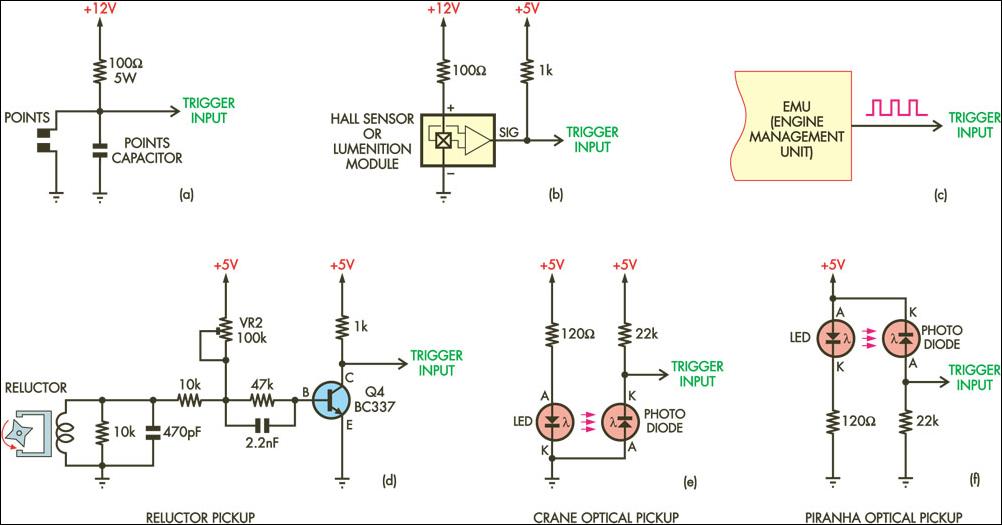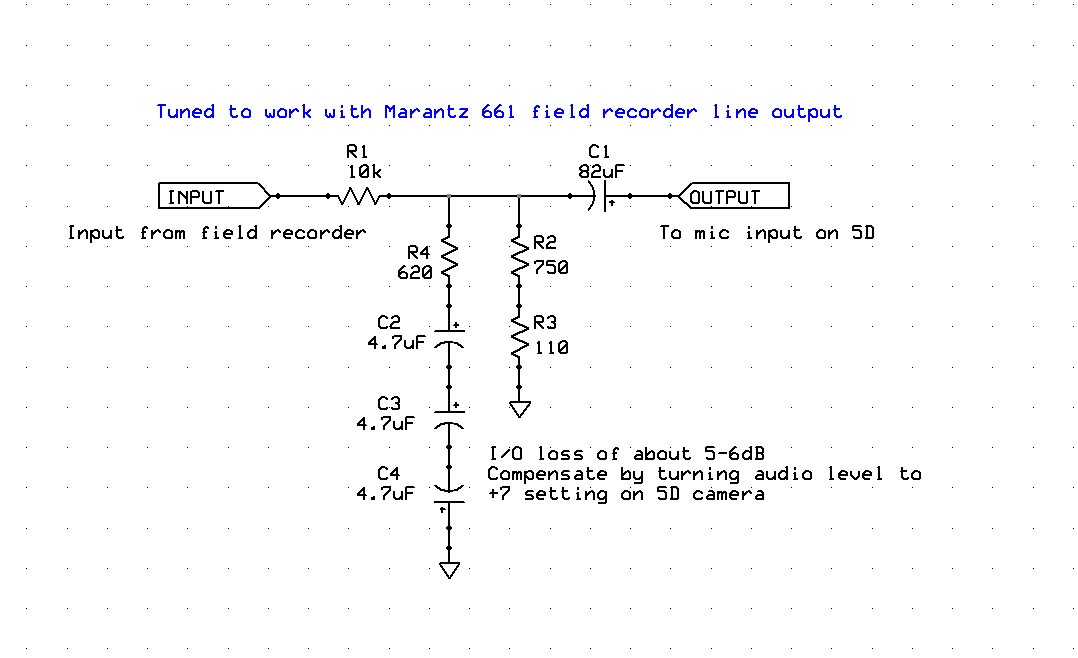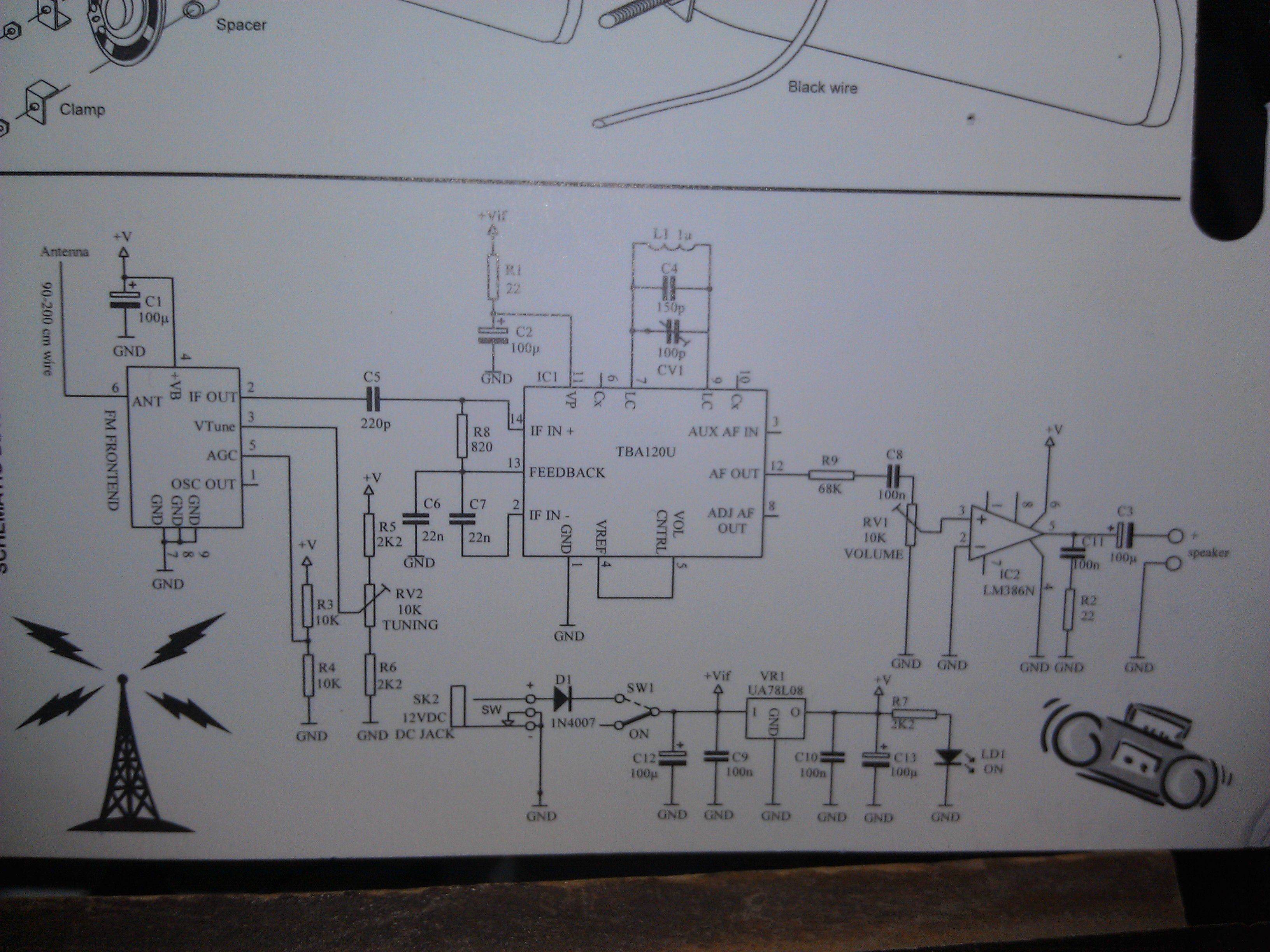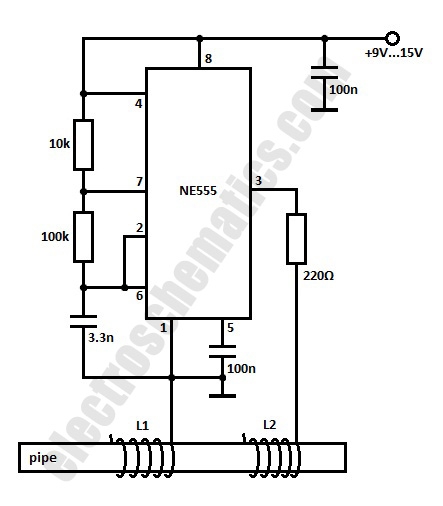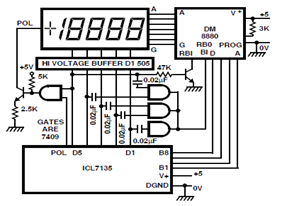
DIY Plasma Gun v2
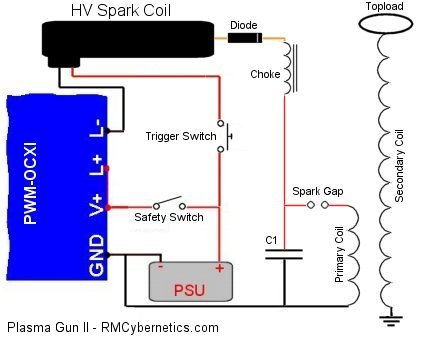
DIY Homemade Plasma Gun. This project demonstrates how to construct a functioning plasma gun. The plasma gun operates using a small Tesla coil.
The DIY homemade plasma gun is an intriguing project that utilizes the principles of plasma generation through high-voltage discharge. At its core, the device is based on a small Tesla coil, which is a type of resonant transformer circuit that produces high-voltage, low-current, high-frequency alternating current electricity. This high-voltage output is essential for creating the plasma effect.
The circuit typically consists of several key components including a power supply, a primary coil, a secondary coil, and a spark gap. The power supply provides the necessary voltage to energize the primary coil. When current flows through the primary coil, it generates a magnetic field that induces a current in the secondary coil due to electromagnetic induction. This process amplifies the voltage, leading to the generation of high-voltage pulses.
The spark gap serves as a switch that allows the current to flow intermittently, creating bursts of energy that ionize the air around the output terminal of the secondary coil. This ionization results in the formation of plasma, which can be visually observed as a bright arc or discharge. The design may also include safety features, such as insulation and protective enclosures, to prevent accidental contact with high-voltage components.
In constructing the plasma gun, careful attention must be paid to component ratings and circuit layout to ensure safe operation. Proper grounding and the use of high-voltage rated materials are critical to prevent electrical hazards. Overall, this project not only showcases the fascinating properties of plasma but also provides an educational experience in the field of high-voltage electronics.DIY Homemade Plasma Gun. Awesome DIY project showing how to make a real working Plasma gun! The plasma gun is based on a small Tesla coil.. 🔗 External reference
The DIY homemade plasma gun is an intriguing project that utilizes the principles of plasma generation through high-voltage discharge. At its core, the device is based on a small Tesla coil, which is a type of resonant transformer circuit that produces high-voltage, low-current, high-frequency alternating current electricity. This high-voltage output is essential for creating the plasma effect.
The circuit typically consists of several key components including a power supply, a primary coil, a secondary coil, and a spark gap. The power supply provides the necessary voltage to energize the primary coil. When current flows through the primary coil, it generates a magnetic field that induces a current in the secondary coil due to electromagnetic induction. This process amplifies the voltage, leading to the generation of high-voltage pulses.
The spark gap serves as a switch that allows the current to flow intermittently, creating bursts of energy that ionize the air around the output terminal of the secondary coil. This ionization results in the formation of plasma, which can be visually observed as a bright arc or discharge. The design may also include safety features, such as insulation and protective enclosures, to prevent accidental contact with high-voltage components.
In constructing the plasma gun, careful attention must be paid to component ratings and circuit layout to ensure safe operation. Proper grounding and the use of high-voltage rated materials are critical to prevent electrical hazards. Overall, this project not only showcases the fascinating properties of plasma but also provides an educational experience in the field of high-voltage electronics.DIY Homemade Plasma Gun. Awesome DIY project showing how to make a real working Plasma gun! The plasma gun is based on a small Tesla coil.. 🔗 External reference
